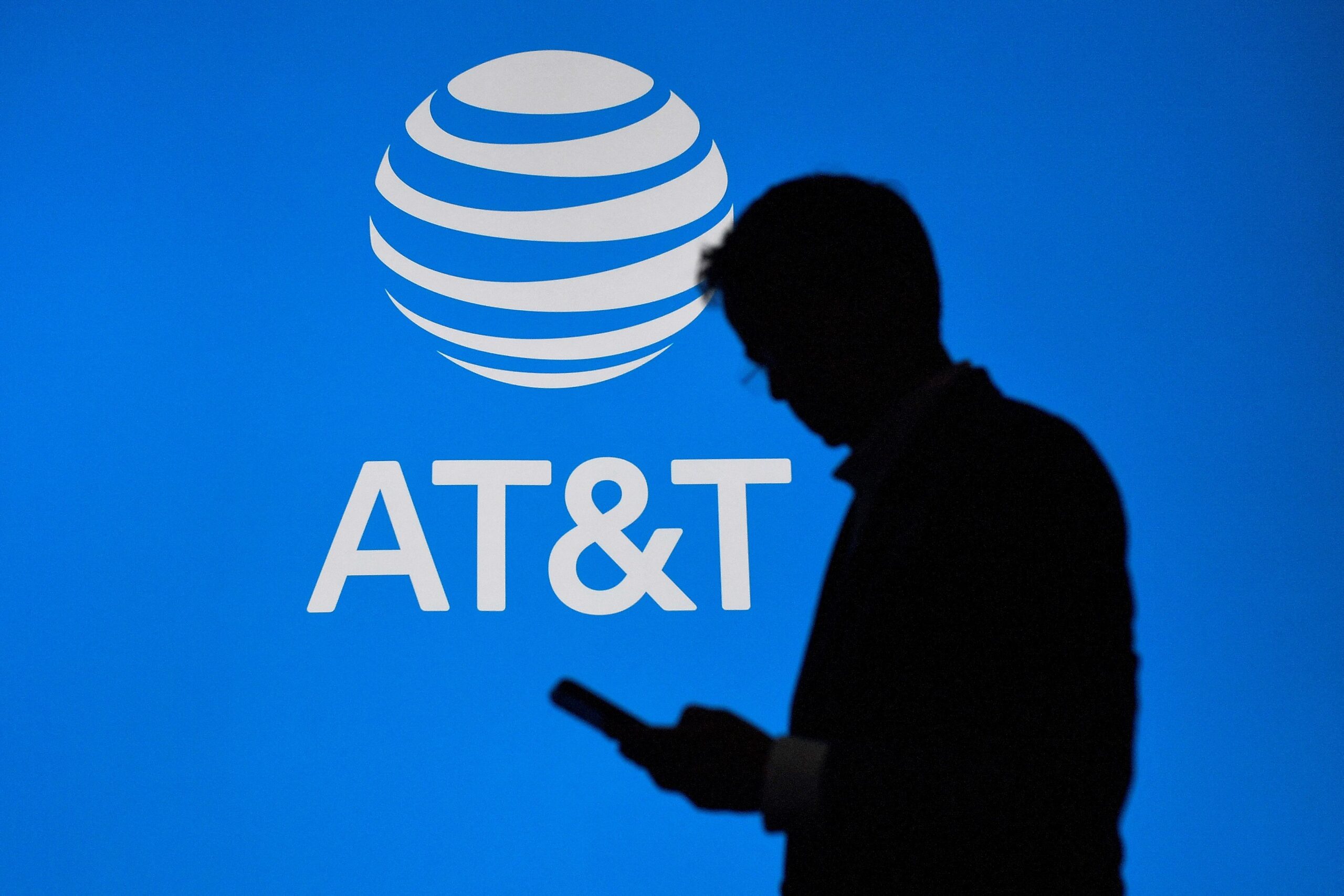
AT&T has successfully resolved a massive service disruption that left a significant number of its customers without cellular service. The telecommunications giant confirmed late Thursday that the hours-long outage was the result of a procedural error during network expansion efforts, dispelling fears of a cyberattack.
How Did the AT&T Outage Begin?
The service interruption began unfolding in the early hours of Thursday, with over 32,000 AT&T customers reporting outages around 4 a.m. ET. The situation escalated rapidly, with complaints peaking at more than 71,000 reports before 8 a.m. ET, illustrating the vast scale of the disruption. The outage predominantly affected users in major metropolitan areas, including Houston, Chicago, Dallas, Los Angeles, and Atlanta, suggesting a widespread network issue that impacted both rural and urban subscribers alike.
AT&T was quick to acknowledge the problem, stating early Thursday that “Some of our customers are experiencing wireless service interruptions this morning.” The company’s swift response aimed to reassure customers, but the lack of service caused considerable inconvenience, highlighting the reliance on mobile connectivity for both personal and professional communication in modern society.
The root cause of the outage, as revealed by AT&T’s preliminary investigation, was not the feared cyberattack but rather a process error related to network expansion efforts. The company explained that the outage “was caused by the application and execution of an incorrect process used as we were expanding our network.” This admission pointed to human error as the culprit behind the significant disruption, emphasizing the complexities and vulnerabilities associated with managing and upgrading vast telecommunications networks.
The Outage’s Impact on Other Cellular Providers
The outage’s effects rippled beyond AT&T’s direct customer base. Other carriers experienced related service issues, illustrating the interconnected nature of modern telecommunications infrastructure:
- Verizon: Users experienced difficulties when attempting to connect with AT&T subscribers, though Verizon confirmed its network was not directly impacted by the outage.
- T-Mobile: Similarly, T-Mobile users trying to reach AT&T customers faced connectivity issues. However, T-Mobile stated that its network did not suffer from an outage, indicating the problems were isolated to attempts at cross-network communication.
- Cricket Wireless: As a subsidiary of AT&T that relies on its network, Cricket Wireless also encountered service disruptions. Over 13,500 Cricket customers reported outages at the peak of the incident, highlighting the domino effect of AT&T’s network issues.
By Thursday afternoon, AT&T announced that it had restored service to all affected customers. The company issued an apology and underscored its commitment to preventing such incidents in the future. “We have restored wireless service to all our affected customers. We sincerely apologize to them. Keeping our customers connected remains our top priority, and we are taking steps to ensure our customers do not experience this again in the future,” AT&T conveyed through a statement.
Concerns Over Emergency Services
The temporary inability to access cellular services prompted concerns over emergency communications. Several public safety agencies and departments across the country, including in San Francisco, Chicago, Virginia, and North Carolina, provided guidance on alternative ways to contact emergency services. The advisories were a stark reminder of the critical role cellular networks play in ensuring public safety and the importance of having contingency plans in place.
What Are Experts Saying About the Cause of the Outage?
The incident attracted the attention of federal agencies, with the Federal Communications Commission (FCC) launching an investigation into the outage. The involvement of the Federal Bureau of Investigation (FBI) and Department of Homeland Security (DHS) underscored the potential national security implications of such widespread service interruptions, although there was no indication of a cyberattack as the cause.
Experts like Lee McKnight, an associate professor at Syracuse University’s School of Information Studies, suggested that a “cloud misconfiguration,” or essentially human error, was the most likely explanation for the outage. This technical misstep serves as a reminder of the complexities inherent in managing modern telecommunications infrastructure and the need for meticulous attention to detail in network operations.
Related News:
Featured Image courtesy of PAU BARRENA/AFP via Getty Images
